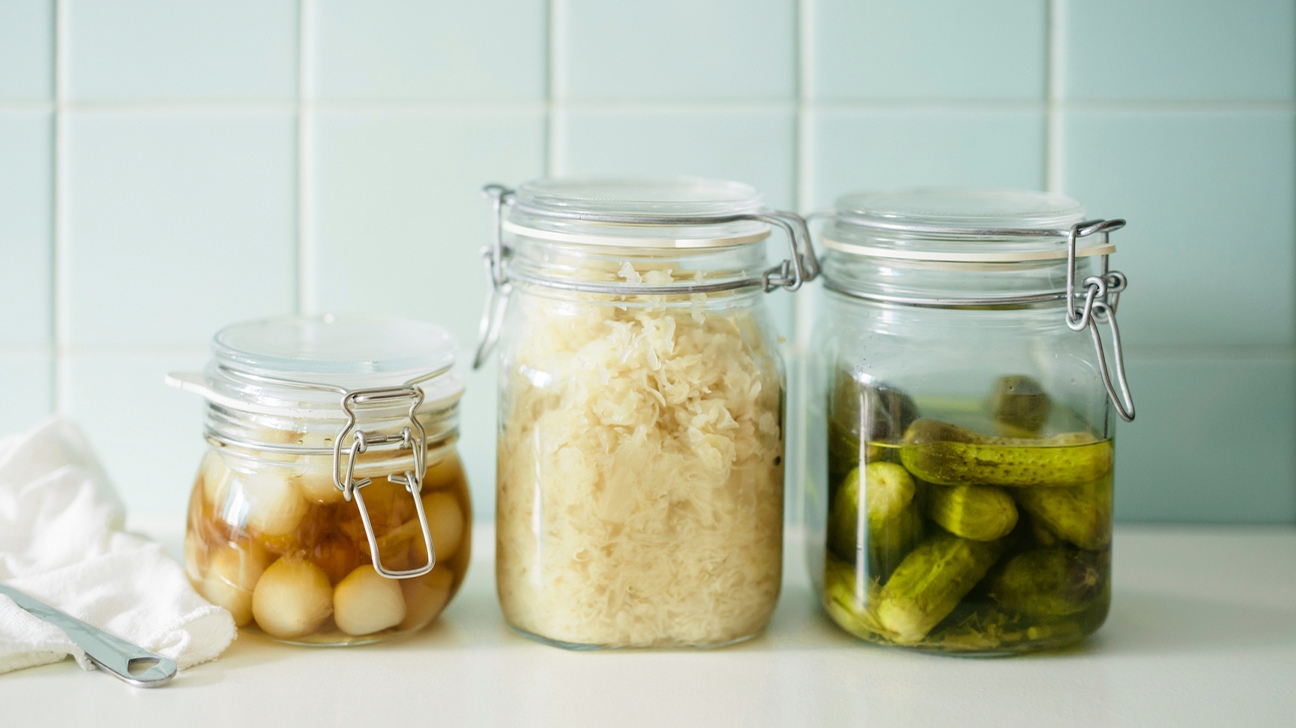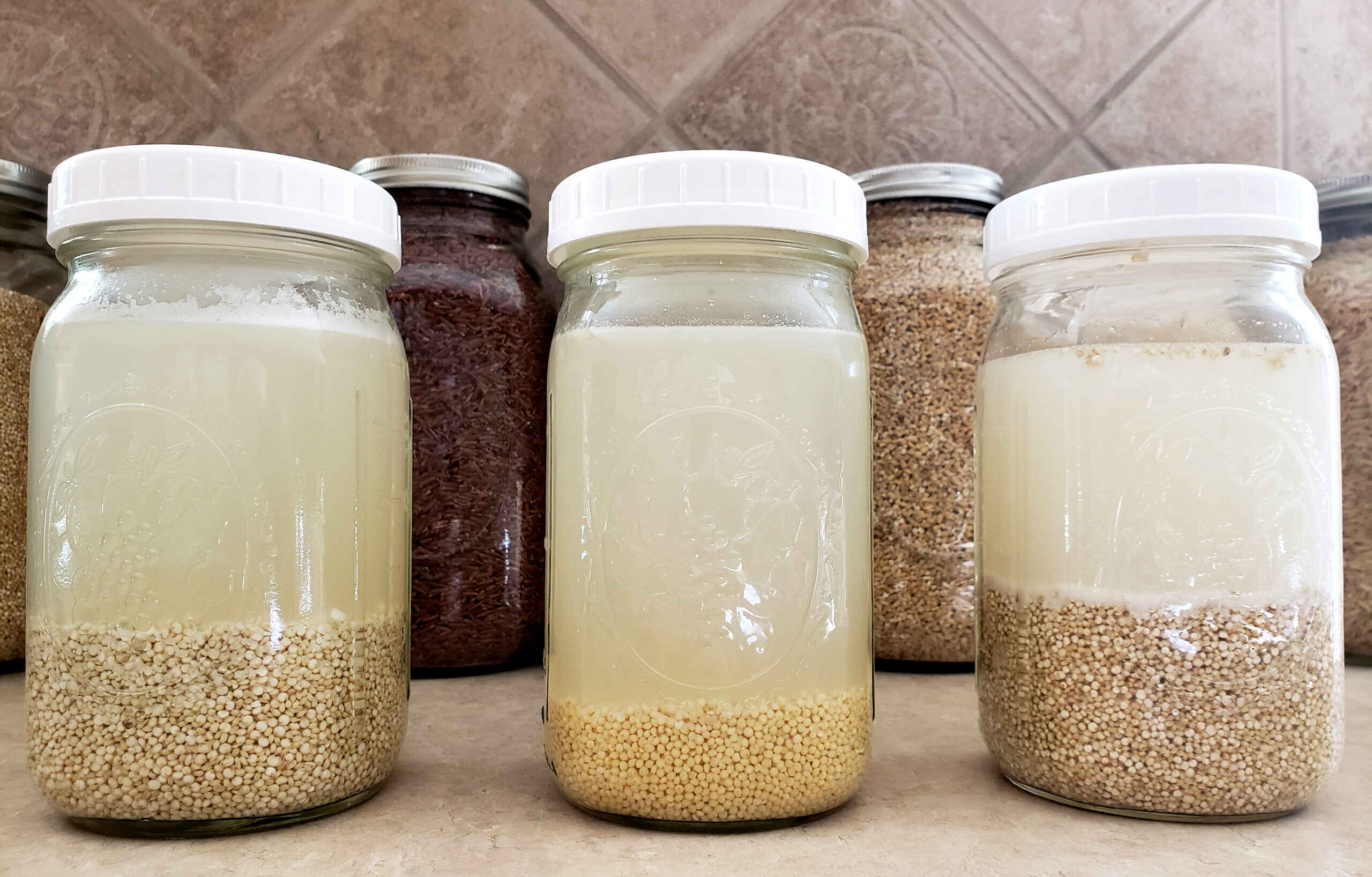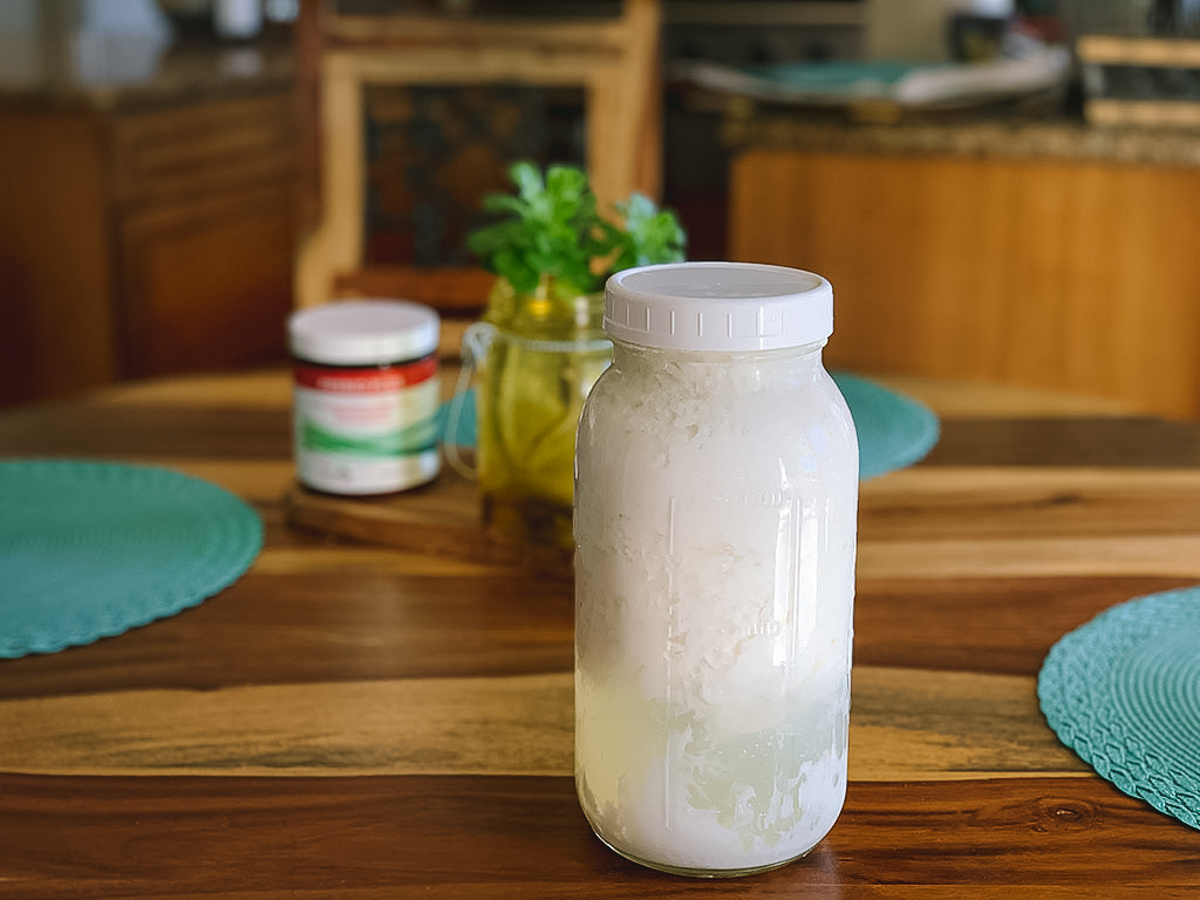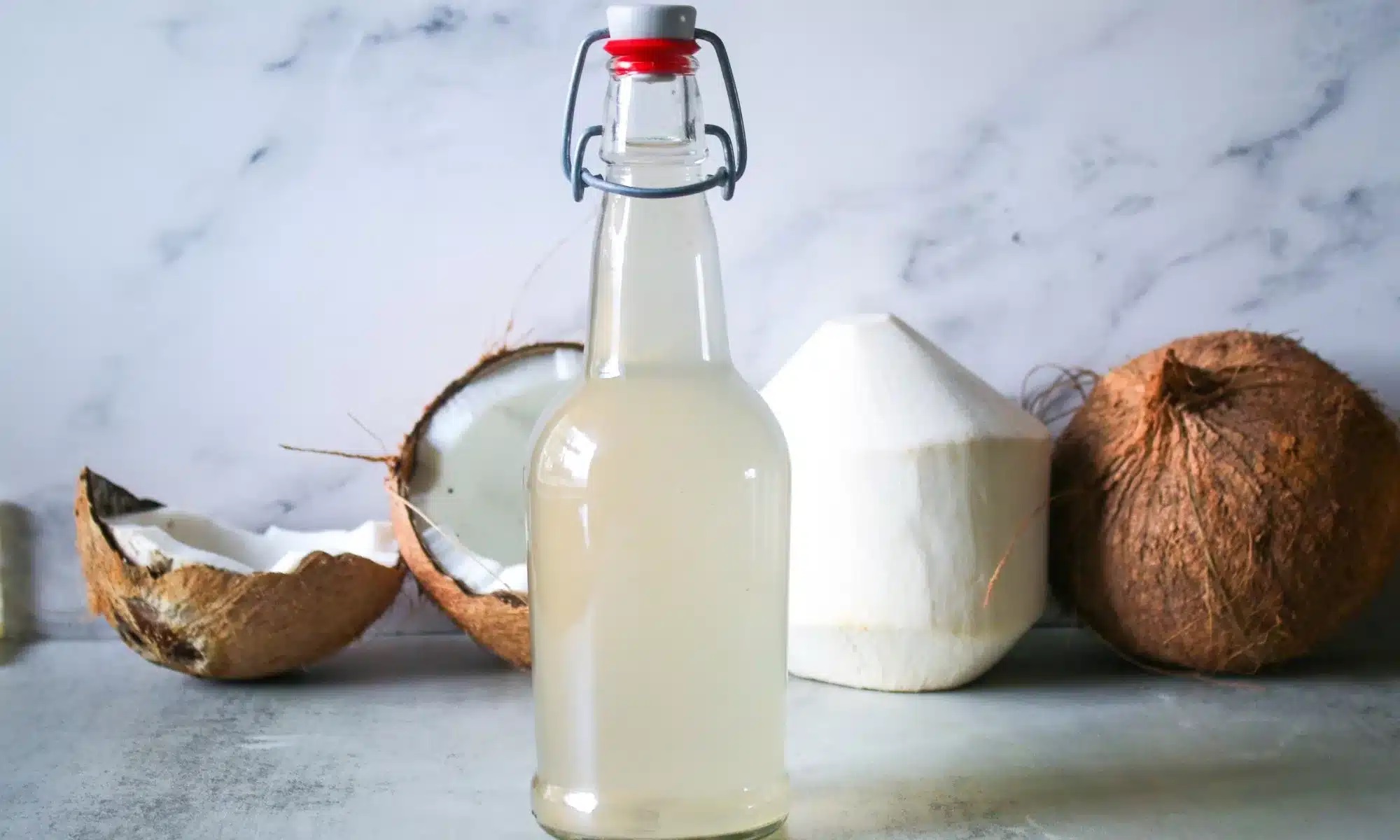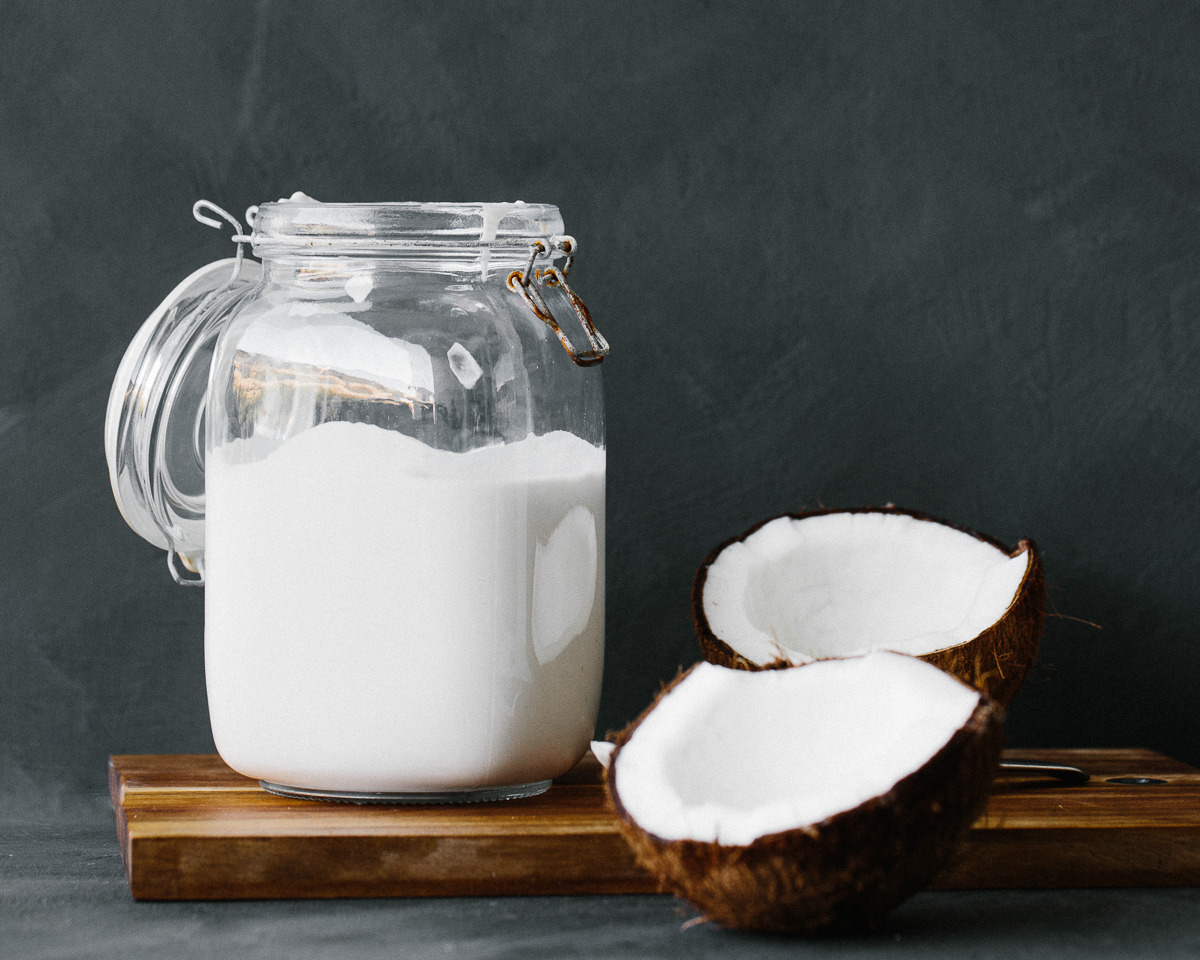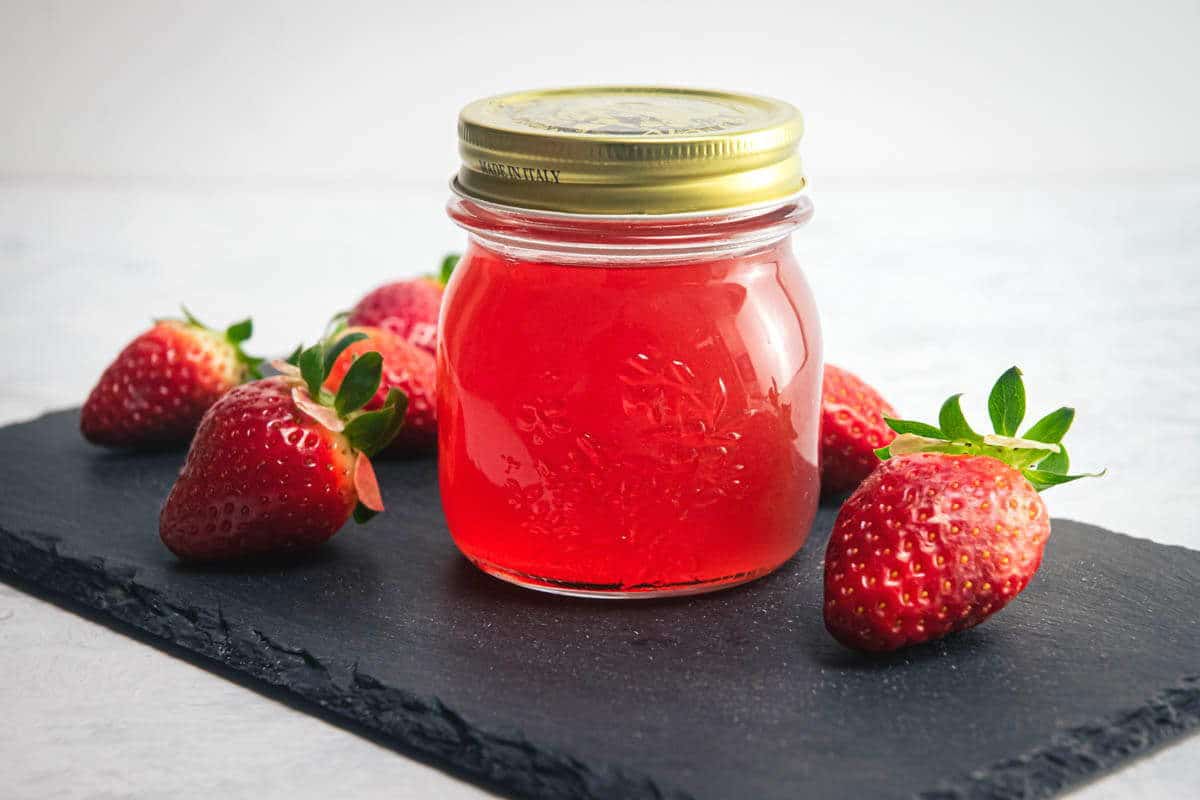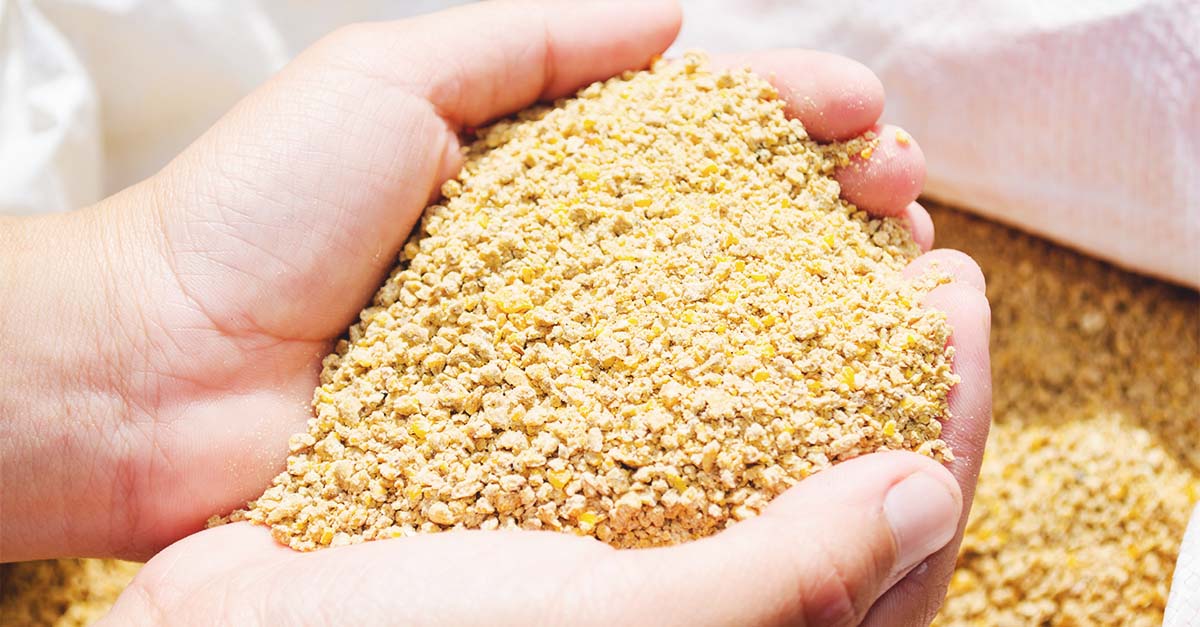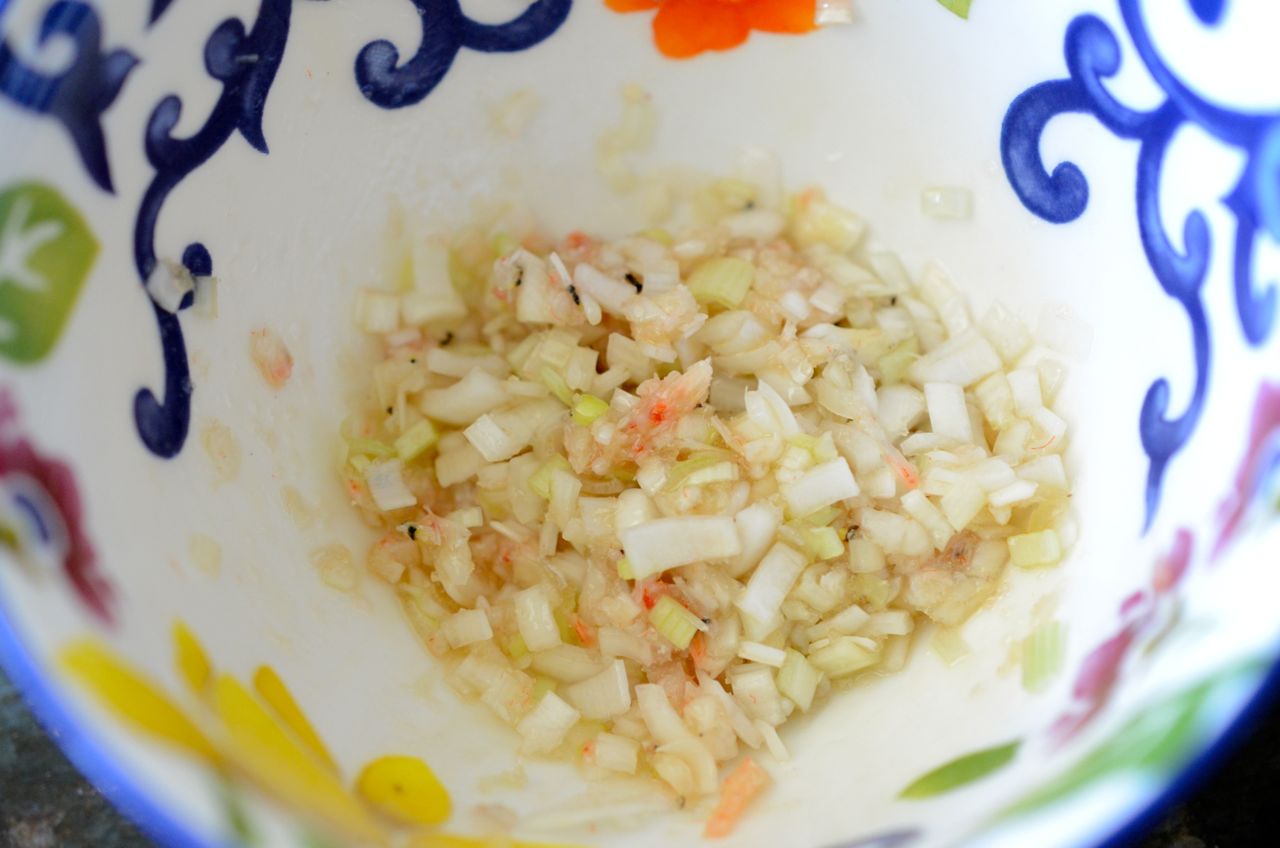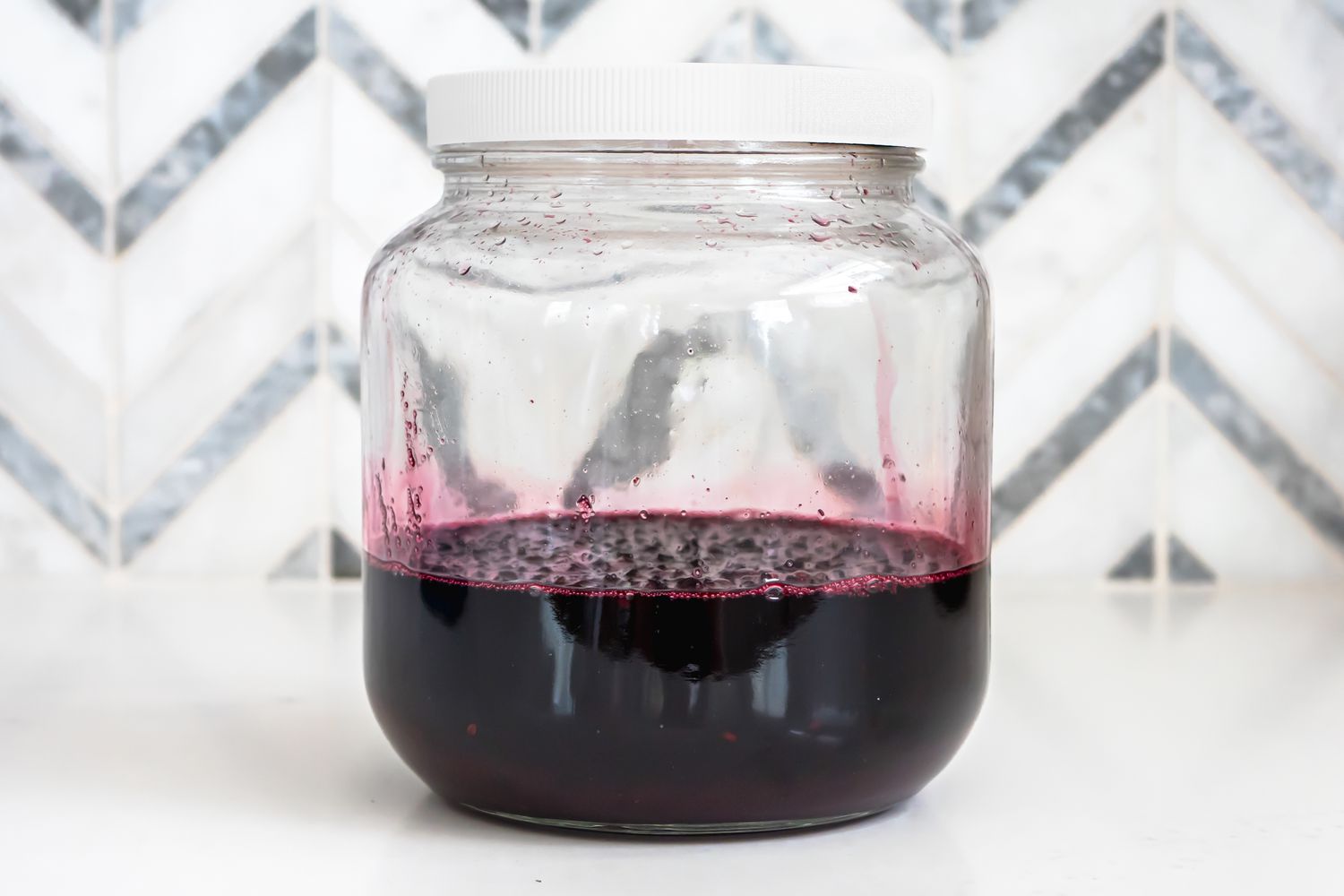What is Milk Fermentation?
Milk fermentation is a process that involves the conversion of lactose, a type of sugar found in milk, into lactic acid by the action of beneficial bacteria. This process not only helps to preserve the milk but also enhances its nutritional value and introduces a tangy flavor.
Why Ferment Milk?
There are several reasons why fermenting milk can be beneficial:
- Improved Digestibility: Fermentation breaks down lactose and makes milk easier to digest, which can be beneficial for individuals who are lactose intolerant.
- Enhanced Nutritional Value: Fermented milk products, such as yogurt and kefir, are rich in probiotics, which are known to promote gut health and boost the immune system.
- Extended Shelf Life: Fermentation helps to preserve milk, extending its shelf life and reducing the risk of spoilage.
Steps to Ferment Milk
Now that we understand the benefits of fermenting milk, let’s explore the simple steps to ferment milk at home:
- Choose Your Milk: Start by selecting high-quality, pasteurized milk. You can use whole milk, low-fat milk, or even plant-based milk alternatives such as almond or coconut milk.
- Heat the Milk: Pour the milk into a clean, non-reactive pot and heat it to around 180°F (82°C). This helps to kill any harmful bacteria and enzymes that may interfere with the fermentation process.
- Cool the Milk: Allow the milk to cool to around 110°F (43°C). This temperature is ideal for the growth of beneficial bacteria.
- Add Starter Culture: Introduce a small amount of live yogurt or a powdered yogurt starter culture to the milk. These contain the beneficial bacteria necessary for fermentation.
- Incubate the Milk: Transfer the milk to a clean, airtight container and place it in a warm environment, such as an oven with the light on or a yogurt maker. Allow the milk to ferment for 6-12 hours, depending on the desired level of tanginess.
- Refrigerate the Fermented Milk: Once the milk has reached the desired level of fermentation, refrigerate it to slow down the process and stabilize the flavor.
Enjoy Your Fermented Milk
Once you have successfully fermented your milk, you can enjoy it as is or use it to make delicious smoothies, salad dressings, or even homemade ice cream. Experiment with different flavors and enjoy the numerous health benefits of fermented milk!
Now that you have learned the art of fermenting milk, why not try it out for yourself? Not only is it a fun and rewarding process, but it also allows you to enjoy the numerous health benefits of probiotic-rich fermented milk products.
More Delicious Fermented Milk Recipes to Try
Now that you've mastered the art of fermenting milk, it's time to put your skills to practical use with a variety of delectable recipes. Whether you're looking for a refreshing breakfast option or a savory dinner treat, these recipes deliver. Highly recommended is the delicious homemade yogurt parfait for a quick and nutritious start to your day. For those seeking a probiotic boost with a twist, the creamy kefir smoothie delight blends taste and health seamlessly. Don’t miss out on the probiotic yogurt cheesecake heaven—a dessert that’s as indulgent as it is beneficial. Each recipe utilizes fermented milk products, enhancing both flavor and nutritional value, making them perfect for anyone looking to improve their cooking repertoire with fermented ingredients.
Was this page helpful?
Read Next: How To Ferment Oatmeal From Scratch

